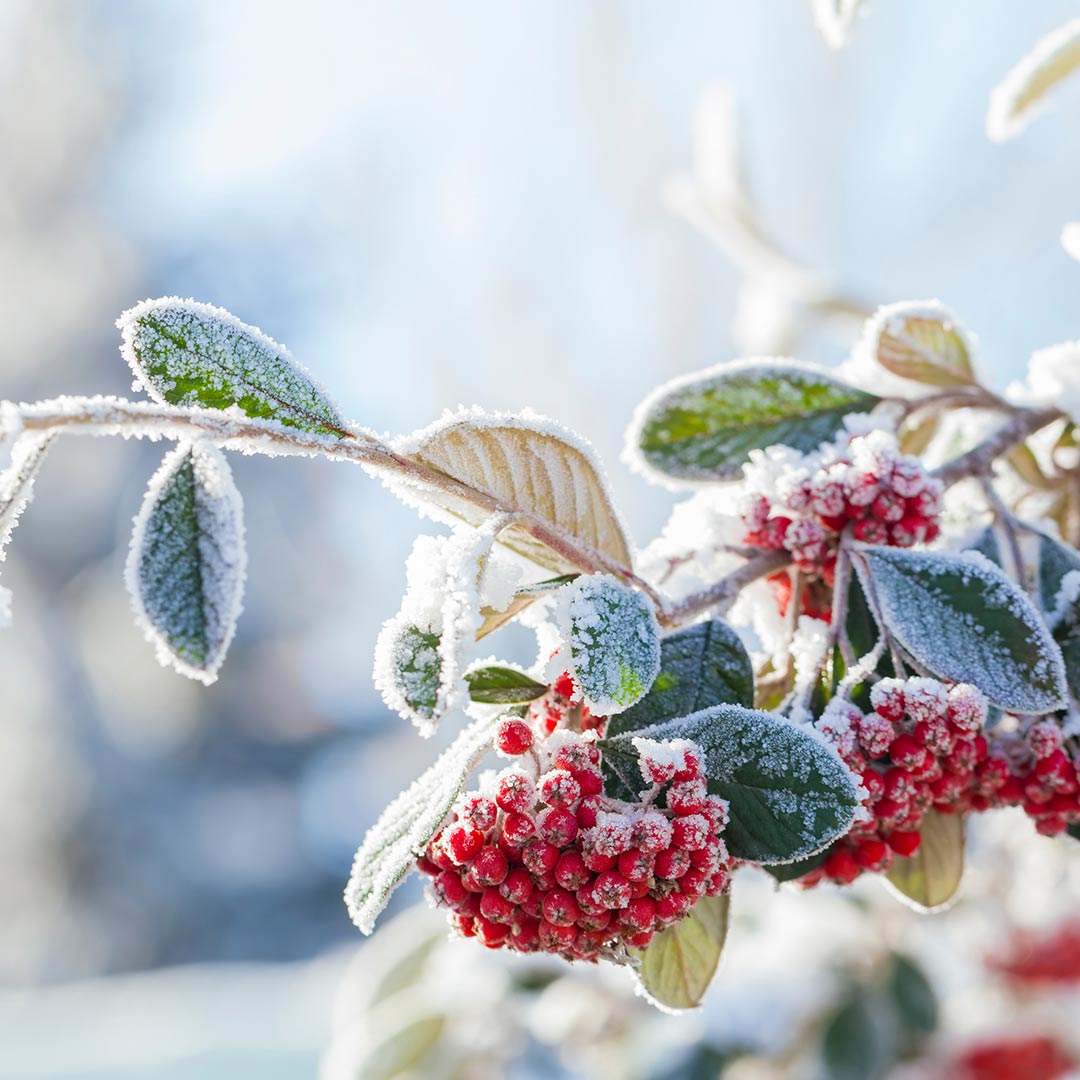Your basket is currently empty!
How to Care for Frost Damaged Plants

Frost is one of the biggest challenges gardeners face in the winter months. It can cause extensive damage to plants and trees, and even kill them if the temperatures are low enough. When frost damages plants, they may appear wilted, discolored, or scorched. In this article, we’ll explore the different types of frost damage, how to assess the damage, and what you can do to help your plants recover.
Types of Frost Damage
Here are two types of frost damage that can occur on plants: freeze damage and frost heave.
- Freeze Damage: This occurs when the water in the plant’s cells freezes, causing the cell walls to burst. The leaves and stems of the plant may appear wilted, discolored, or scorched. This type of damage is more common in plants that are not adapted to cold weather, such as tropical plants or plants that are grown in warmer climates.
- Frost Heave: This occurs when the soil around the plant freezes and expands, causing the plant to be lifted out of the ground. The roots of the plant may become exposed, which can lead to dehydration and ultimately, death.

Assessing Frost Damage
Before you can help your plants recover from frost damage, you need to assess the extent of the damage. Here’s how to do it:
- Inspect the Plant: Start by examining the leaves, stems, and flowers of the plant. Look for signs of wilting, discoloration, or scorching.
- Check the Roots: Carefully dig around the base of the plant and check the roots. Look for signs of damage, such as broken or mushy roots.
- Test for Life: Scratch the bark of the plant with your fingernail. If you see green tissue, the plant is still alive. If the tissue is brown or black, the plant is dead.
Recovering Frost Damaged Plants
If your plants have suffered from frost damage, don’t worry. There are things you can do to help them recover. Here are some tips:
- Remove Damaged Parts: If the frost has only affected the leaves of the plant, you can simply remove them. However, if the stems or flowers have been damaged, you may need to cut them back to healthy tissue. This will help the plant conserve energy and focus on regrowing healthy tissue.
- Water the Plant: Frost can damage the roots of the plant, making it difficult for the plant to absorb water. Water the plant well to help it recover.
- Provide Shade: If the sun is too strong, it can further damage the already weakened plant. Provide shade to protect the plant from strong sunlight.
- Apply Recovery Mist: Using a plant recovery mist, like the one from UK grow shop, can help provide nutrients and stress reducing benefits for the plant. Spray the mist directly onto the leaves of the plant, making sure to cover both sides of the leaves.
- Fertilize the Plant: Frost can damage the roots of the plant, making it difficult for the plant to absorb nutrients. Fertilize the plant with a balanced fertilizer to help it recover.
- Mulch the Plant: Mulch around the base of the plant to help insulate the roots and protect them from further damage.
- Wait and Observe: After you’ve provided extra care to your frost damaged plant, give it some time to recover. Continue to monitor the plant and observe its progress. With the right care, your plant should start to recover and regrow healthy tissue.
Preventing Frost Damage

While it’s important to know how to care for frost damaged plants, prevention is always better than cure. Here are some tips to prevent frost damage:
- Choose Frost-Tolerant Plants: Select plants that are adapted to your climate and are hardy enough to withstand cold weather.
- Plant at the Right Time: Plant your plants at the right time of year so that they have time to establish themselves before the cold weather arrives.
- Cover Plants: Cover your plants with a frost blanket or cloth to protect them from the cold.
- Water Plants: Water your plants before a frost to help them retain heat.
- Use a Heater: Use a space heater or outdoor heating device to keep your plants warm during a frost.
Conclusion
Frost damage can be a setback for your plants, but with the right care and attention, they can recover. Remember to assess the damage, remove any damaged parts, provide extra care, and wait and observe. Using a plant recovery mist, like the one from UK grow shop, can also help provide nutrients and stress reducing benefits for the plant. Prevention is always better than cure, so take steps to protect your plants from frost damage in the first place. With these tips, your plants will be on the road to recovery in no time.

Bonsai Soil
Our Bonsai soil is a specialized blend of fine-textured ingredients that provide the perfect balance of drainage, aeration, and moisture retention for your bonsai trees. The carefully selected mix of organic matter and mineral-based components will support the root health and development of your bonsai, ensuring that they grow into beautiful, miniature works of art.

